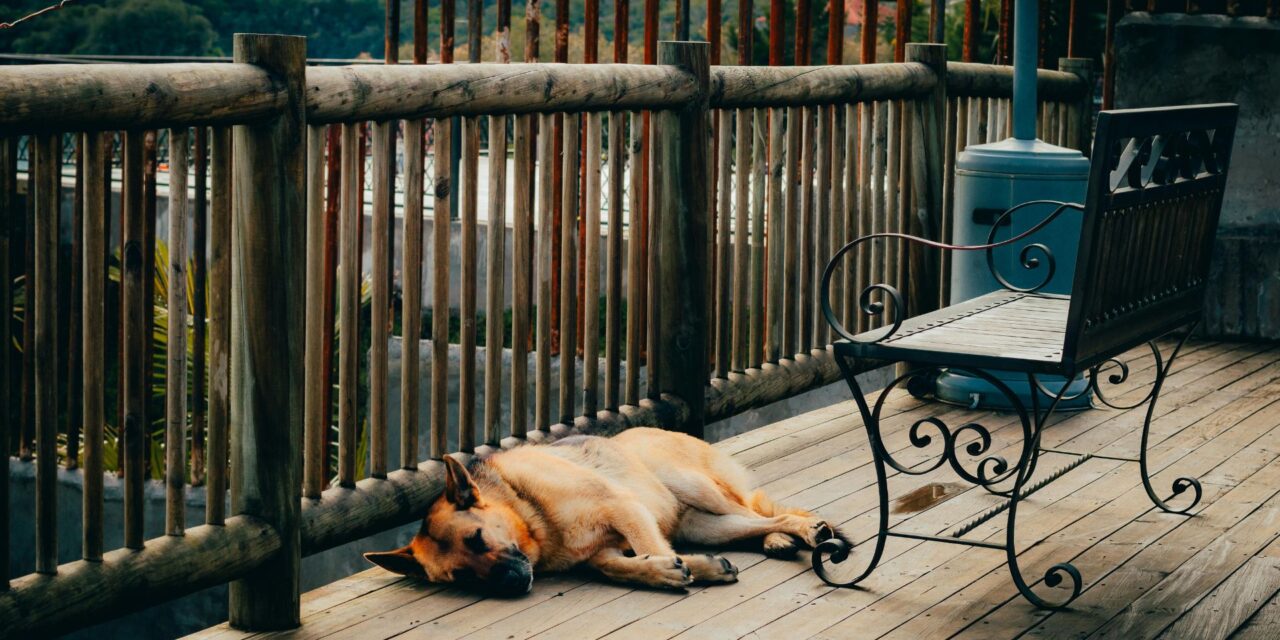Pressure-treated lumber is strong, affordable, and built to last — but it’s also loaded with moisture when new.As that moisture leaves, the boards naturally want to twist, cup, or crack.To keep your deck, fence, or outdoor structure straight and stable, start with dry, properly stored boards, let them acclimate before use, and protect them with...

